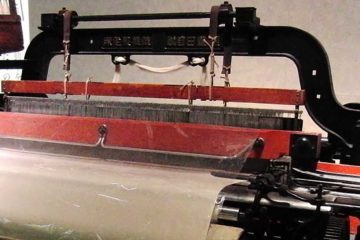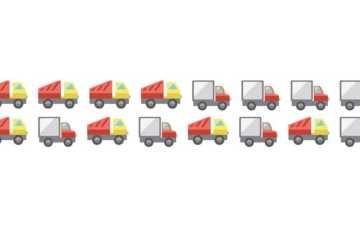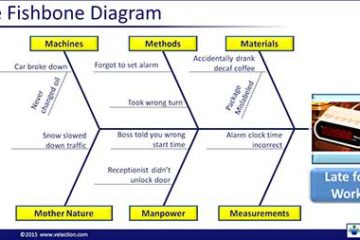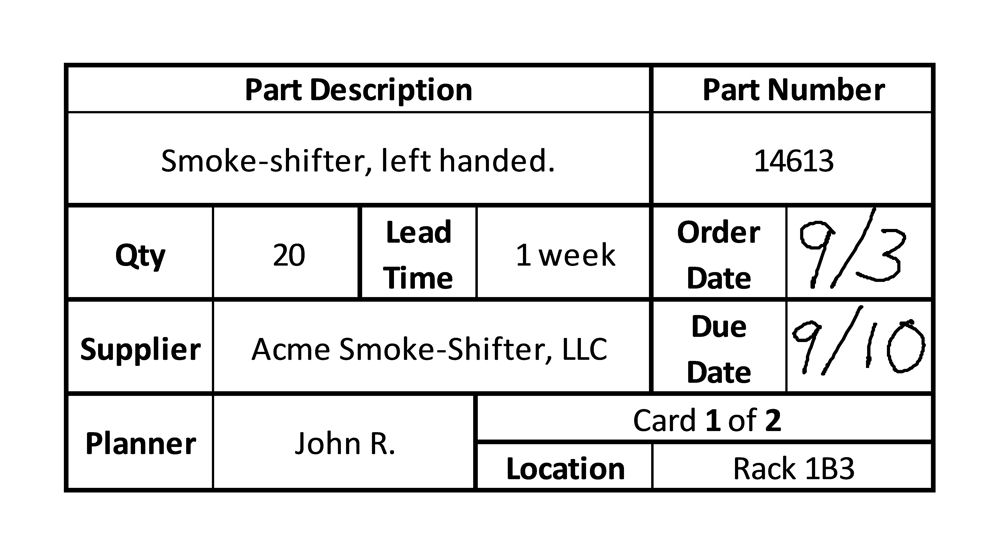Benchmark Lean: Difficulties Copying the Toyota Production System. Lean TPS Information.
To some, Toyota might seem surprisingly open with its Lean TPS information. After all, Lean TPS is the primary reason for Toyota’s success and recent dominance in the auto industry. Why wouldn’t they guard their secrets? Even more, why would the give access to their facilities to both Lean practitioners who will take their learning straight to Toyota’s competitors, and to authors like Jeffrey Liker (The Toyota Way) who will put it right into a Read more…




